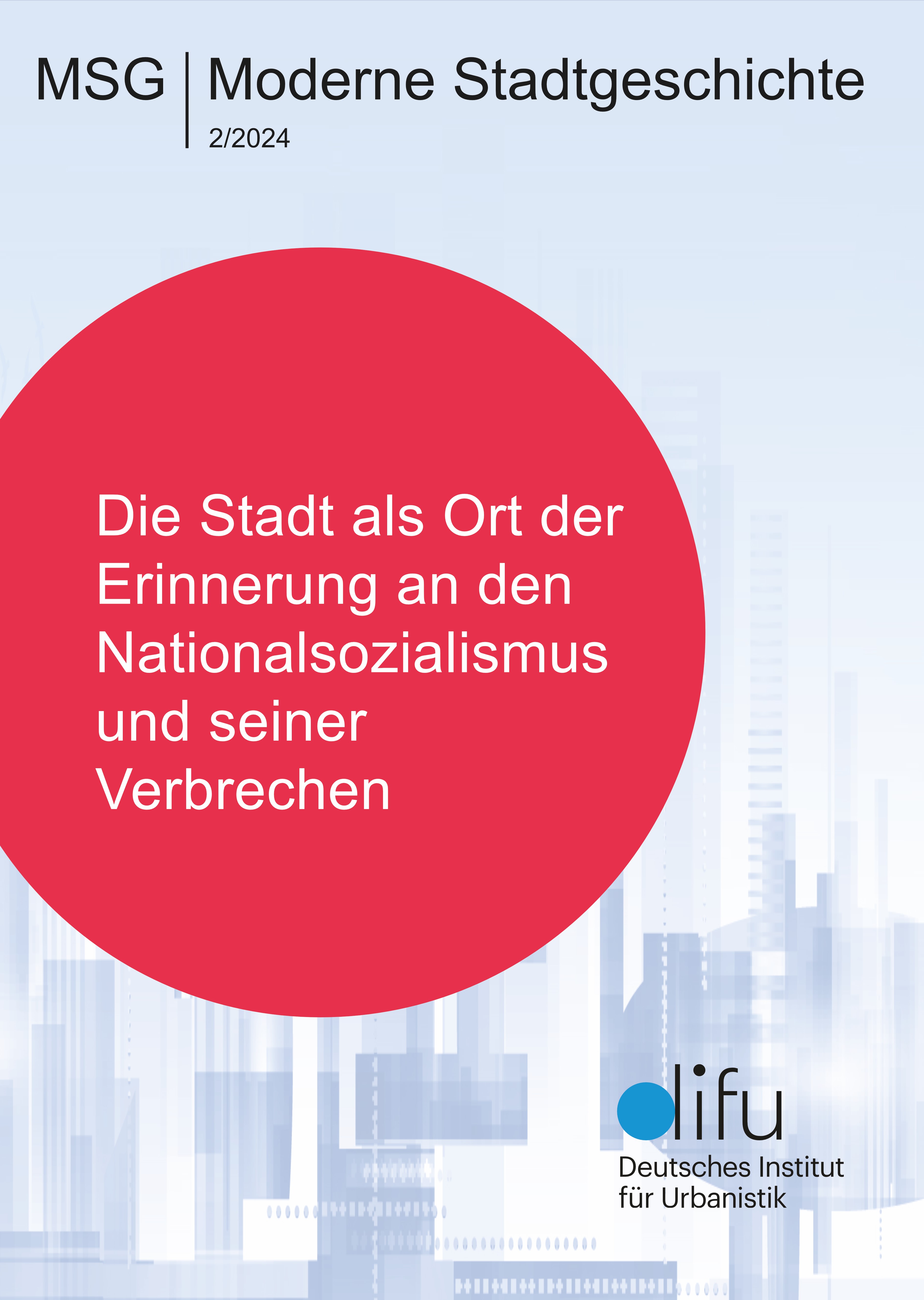Urban Planners Assessing Professional Autonomy during (and after) State Socialism
DOI:
https://doi.org/10.60684/msg.v55i2.44Schlagworte:
architecture, autonomy, post-Soviet, state socialism, urban planningAbstract
The Soviet state aimed to turn urban planning into a primary venue where Communist ideas about both the past and the future could be manifested. Architects and planners had to translate these visions into materiality, and they sought to carve out a space for professional autonomy. After the collapse of the USSR, they had to adjust to the new configuration of stakeholders to maintain their standing. Based on interviews with experts who entered the profession in the 1970s and 1980s and remained there after the collapse of the USSR, the author demonstrates that architects and planners perceived their positions under socialism as more stable than under market conditions. They learned how the state bureaucracy worked and got “entrenched” in the networks of decision-makers. They did not need to navigate between different interests—just those represented by the party. They knew what technology and practices they could rely on, and the boundaries of their professional field were clearly defined. With this case study, the author relates to a broader conversation about the autonomy and dependence of professionals during social transformations.
Downloads
Veröffentlicht
Ausgabe
Rubrik
Lizenz
Copyright (c) 2024 Natalia Otrishchenko

Dieses Werk steht unter der Lizenz Creative Commons Namensnennung 4.0 International.






